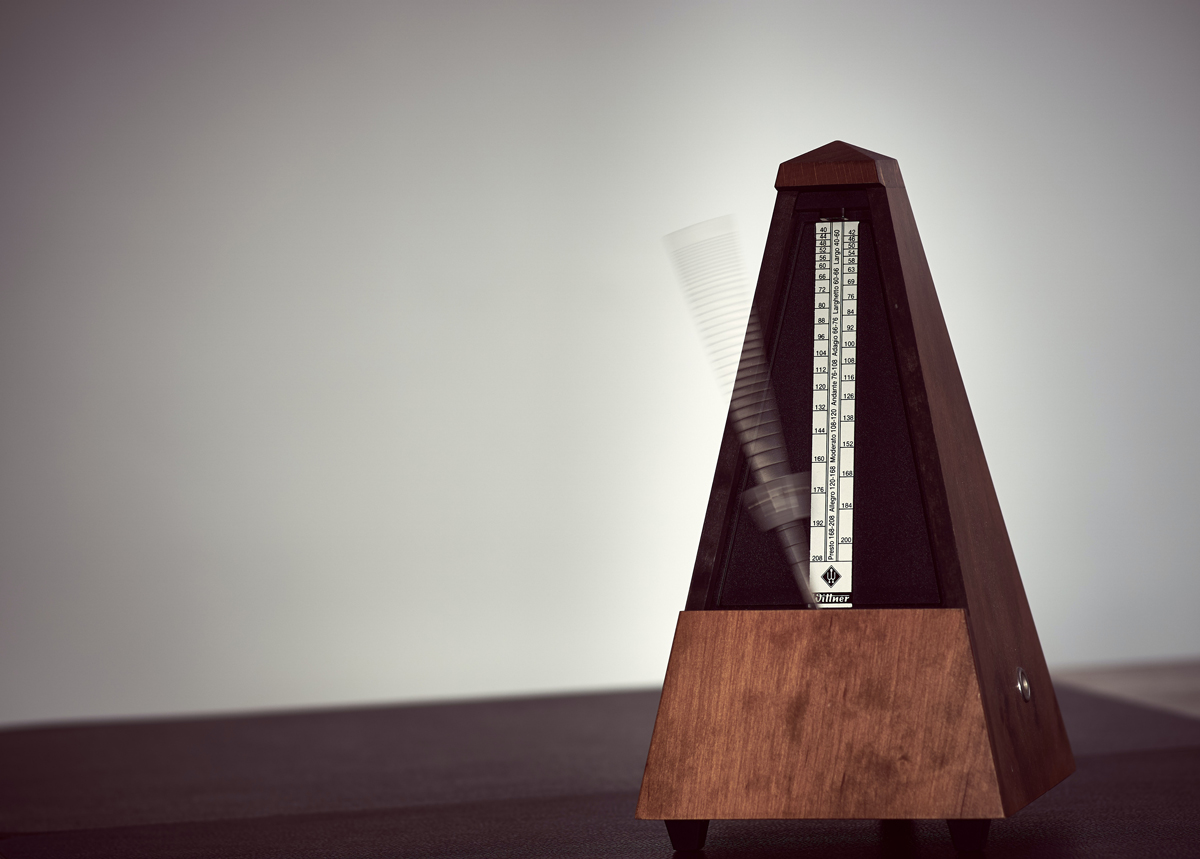Alliteration, Assonance, and More: A Guide to Enhancing Sound in Your Poetry
Widely categorized as the most musical genre, poetry is known for pairing storytelling with sound. From the classic rhyme schemes of Shakespeare to Emily Dickinson’s creative slant rhyme approach, influential poets throughout history have paid attention to the sonic qualities of their stanzas. These poetic sound devices can boost your craft and make your poems more pleasing to the ear.
Alliteration
What’s alliteration?
Alliteration, a popular literary device, occurs when the same consonant sound occurs two or more times in a row. A common example appears in the popular tongue twister, “Sally sells seashells by the seashore.”
Example of alliteration in poetry
Alliteration plays a prominent role in the nature-inspired poem “Flores Woman” by former U.S. Poet Laureate Tracy K. Smith: “Tracks follow the heavy beasts / Back to where they huddle, herd. / Hunt: a dance against hunger. Music: feast and fear.”
Assonance
What’s assonance?
Assonance happens when the vowel sounds within words repeat. Another tongue twister exemplifies this device: “Try as I might, the kite did not fly.” This sentence showcases repetition of the drawn-out i sound.
Example of assonance in poetry
In “Thread,” a poem by Jonathan Galassi, assonance helps to establish a sweeping rhythm and momentum: “Heartworn happiness, fine line that winds / among the tapestry’s old blacks and blues, / bright hair blazing in the theater, / red hair raving in the bar.”
Consonance
What’s consonance?
Like alliteration, consonance arises through the repetition of consonant sounds. However, while alliteration packs the same consonant sounds at the beginning of words, poets can develop consonance by repeating sounds in the middle or end of words. The platitude “all’s well that ends well” stands out as a simple, prevalent example.
Example of consonance in poetry
Kathryn Starbuck’s poem “Undone Song at Neap Tide” reflects on a tumultuous time for the speaker and considers how to overcome it. The consonance throughout the poem mirrors this heaviness: “When the worry of this undone song unsung so long / so loud my head I went outside and under to let the flood run free.”
Onomatopoeia
What’s onomatopoeia?
You might remember the word “onomatopoeia” as one of the biggest challenges at your school spelling bee, but it has poetic significance, too. Onomatopoeia takes effect when a word imitates the sound it describes. Think of comic book exclamations, like “pow!,” “boom!,” and “poof!”
Example of onomatopoeia in poetry
Onomatopoeia makes music come to life in Edgar Allen Poe’s “The Bells”: “How they tinkle, tinkle, tinkle, / In the icy air of night! / While the stars that oversprinkle / All the heavens, seem to twinkle / With a crystalline delight; / Keeping time, time, time, / In a sort of Runic rhyme, / To the tintinnabulation that so musically wells / . . . From the jingling and tinkling of the bells.”
Challenge yourself to intentionally incorporate one or more of these sonic traits in your next poem. Want to learn about more poetic devices? Check out our guide on simile vs. metaphor.




